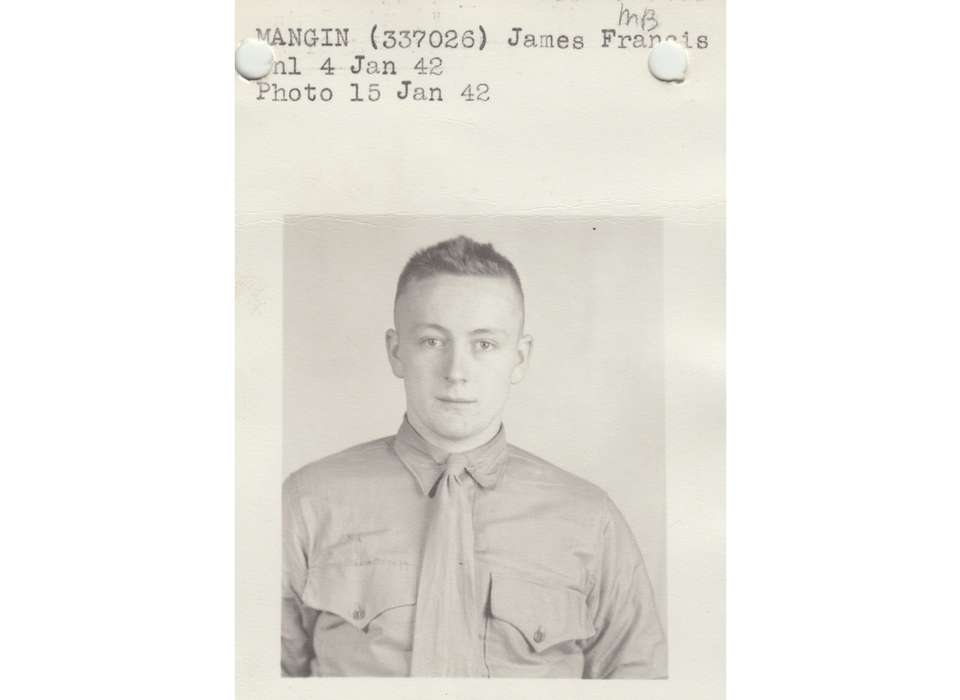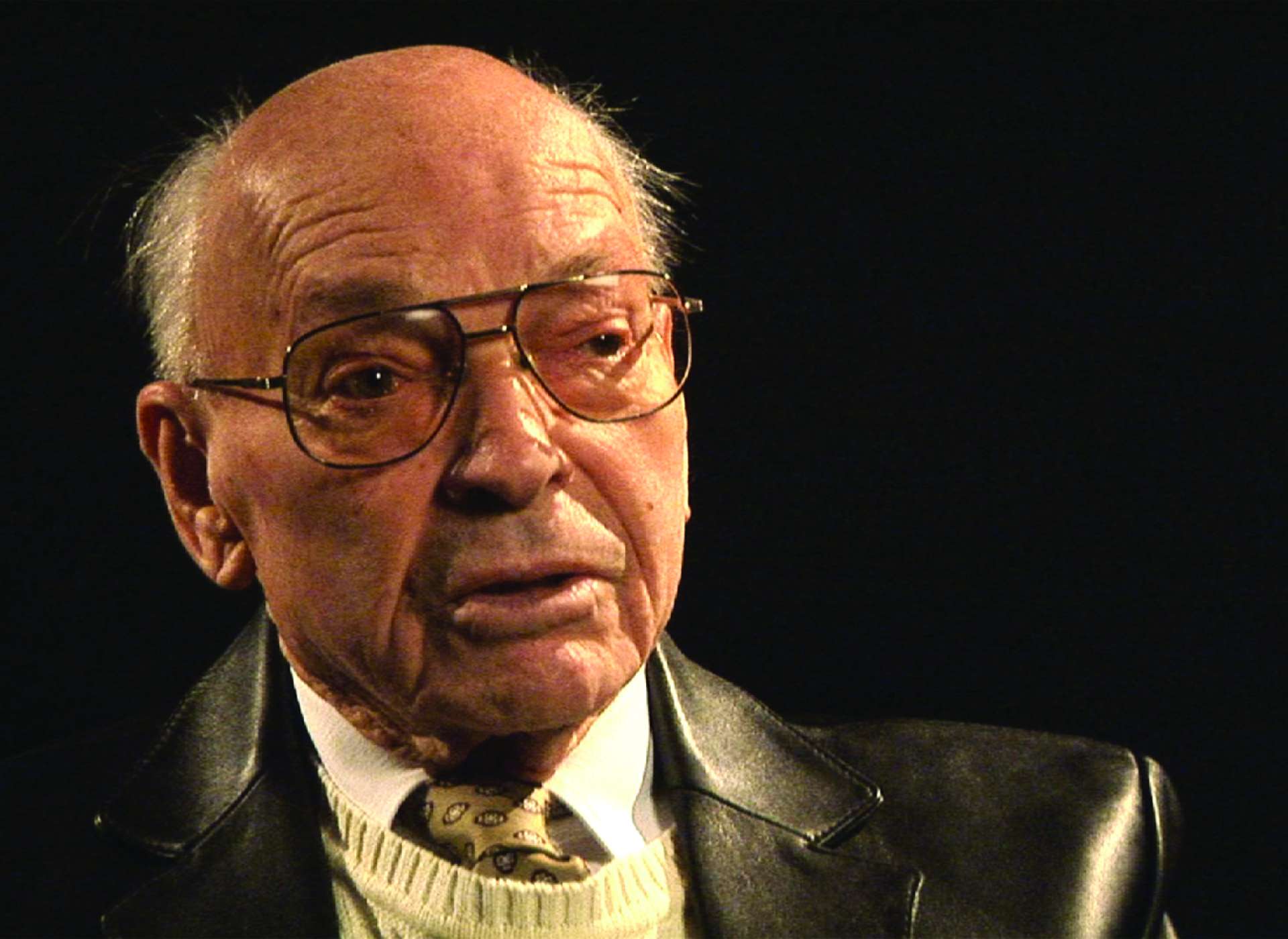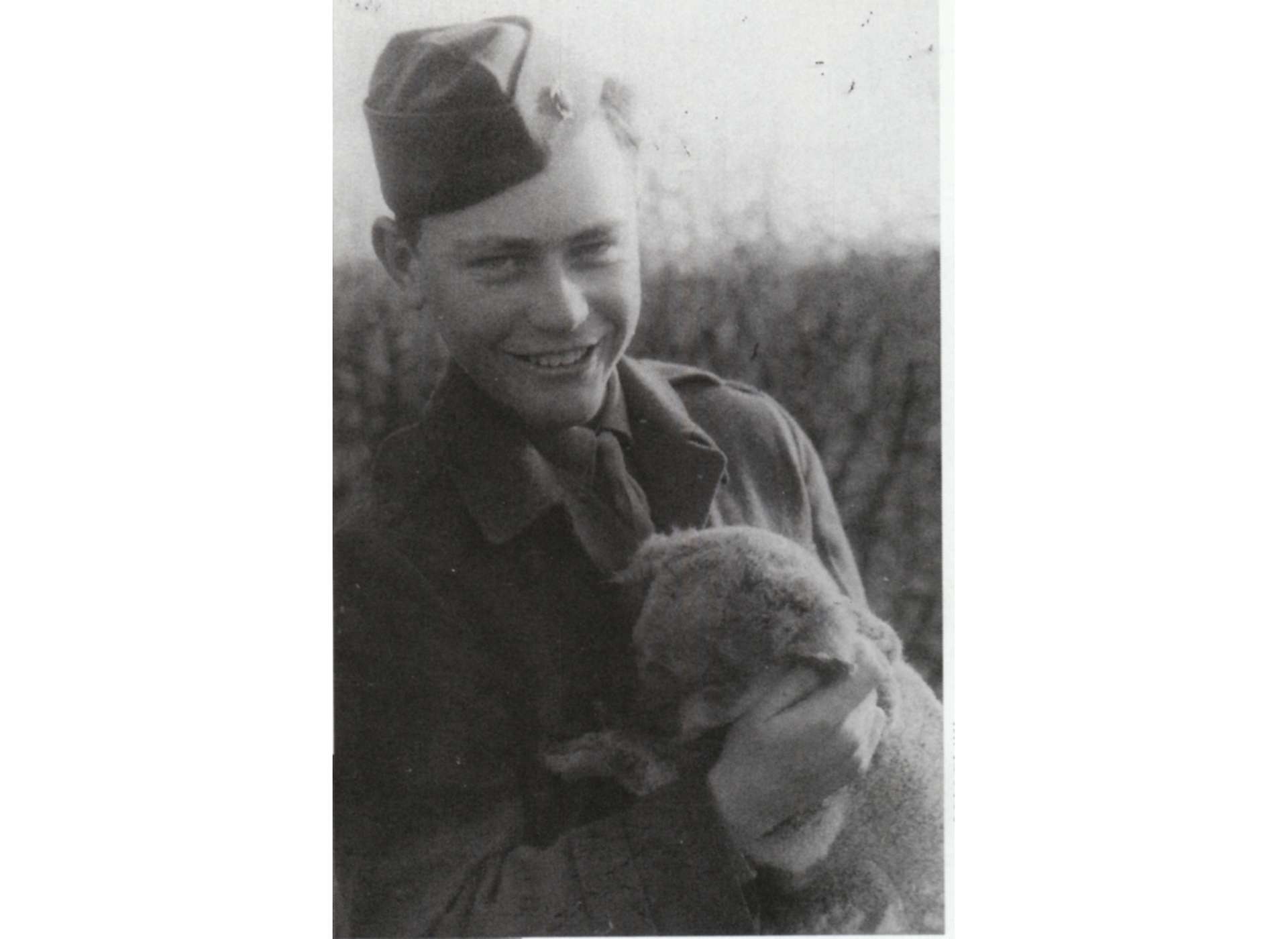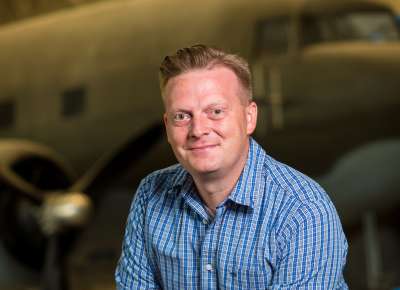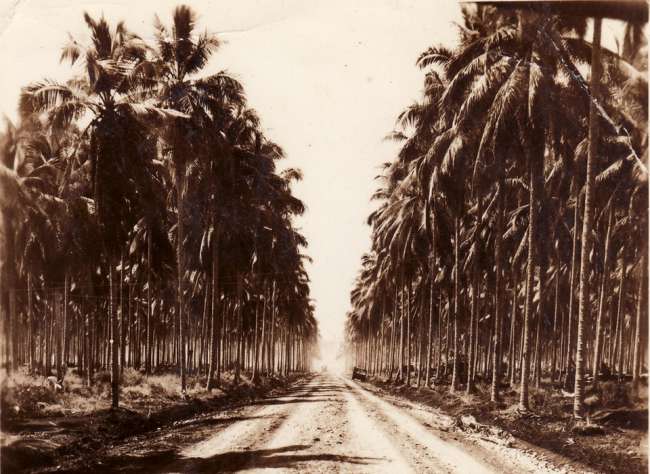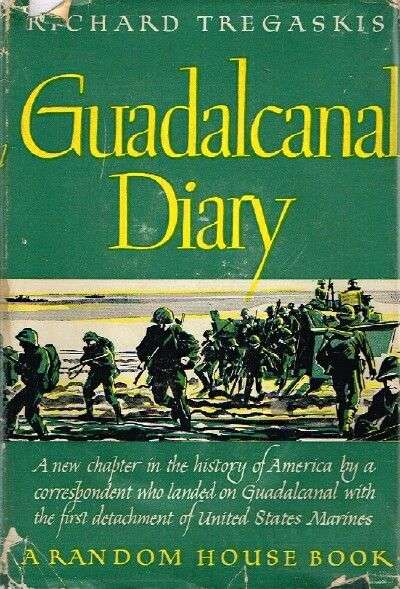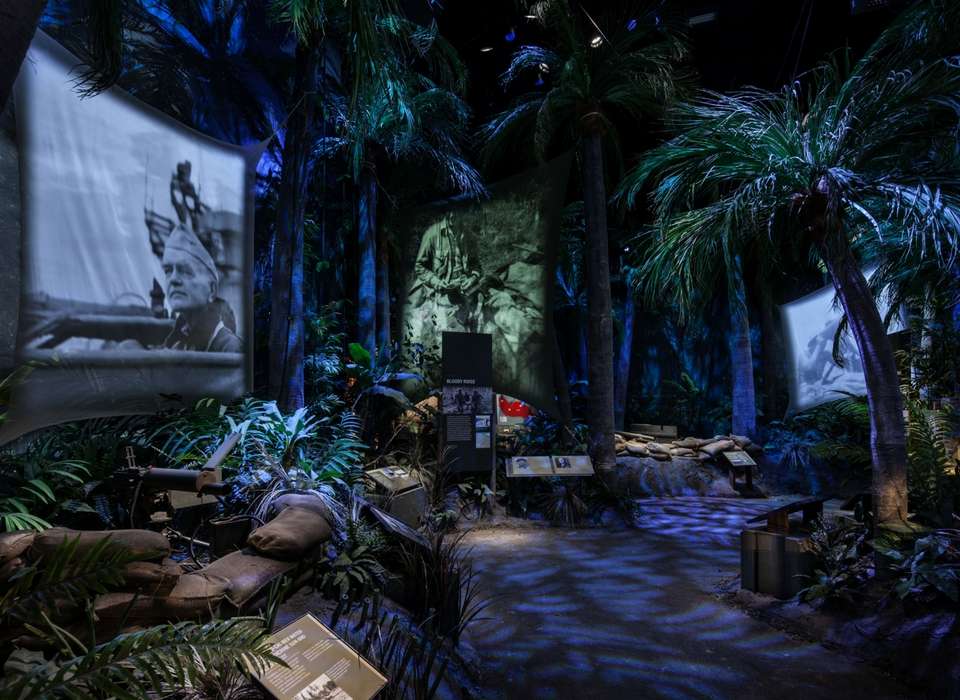For the infantryman, the campaign on Guadalcanal was synonymous with misery. The Americans who had the misfortune to serve on the island, particularly from August through October 1942, were denied the very basics of living as we know it. Those ashore faced a constant day-to-day battle of life and death. Death could wear many faces on Guadalcanal. A man could be weakened by tropical disease and malnutrition just as easily as being killed by enemy fire.
Following the Navy’s disastrous August defeat at Savo Island, the Marines’ supplies, or at least the vast majority of them, were pulled away from the island. The men ashore were left without sufficient medical provisions, and very little of their own food. Following their rapid capture of the airfield the day after landing, the Marines seized large stores of Japanese rice. Rice became the main item on the menu until early November for the Marines ashore.
If one asked any early veteran of the campaign about food, the veteran would almost certainly mention the lack of food and the constant daily rations of the maggot- and worm-infested rice issued to them by the 1st Marine Division’s cooks, who ate the same unappetizing two-tablespoon meal day after day. Combined with the hot, humid weather, the stress of combat, and the inadequate diet, the men ashore lost weight at an acute rate. The Marines ashore, children of the Great Depression, were already thin and soon became downright skinny. It was not uncommon for men on Guadalcanal to lose as much as 40 pounds due to malnutrition and tropical diseases.
Guadalcanal’s hot, humid weather and wet jungle terrain created a perfect breeding ground for disease. Clouds of malaria-carrying mosquitoes were a constant threat for any man ashore. The men were instructed to take an anti-malaria drug called Atabrine in order to ward off the disease. When taken regularly, Atabrine proved to be somewhat effective. However, rumors began to circulate among the men that taking Atabrine would make them sterile and render them sexually impotent. The rumors were untrue, of course, but that didn’t change the fact that many a Marine would spit out the little yellow pill once out of sight of the Navy corpsman who administered it. Malaria cases were rampant on Guadalcanal in the autumn of 1942, so much so that having malaria became a sort of badge of honor among those who served on the island. It is estimated that by the time the division was relieved in December 1942, over 8,000 men of the 1st Marine Division had malaria. Tropical diseases, of which malaria was one of many, disabled nearly two-thirds of the division. Wounds caused by enemy fire accounted for only one-third of disabled Marines on Guadalcanal.
Another unpleasant daily occurrence for the men ashore were Japanese bombardments. By night the Japanese would shell the Marine positions, specifically targeting Henderson Field. Japanese destroyers and cruisers would send shell after shell at the Marines, causing men to scramble for dugouts and shelters. Most enemy shellings lasted only a few minutes and were relatively ineffective—more of a nuisance to the Marines than anything else. That description, however, could not be used for the Japanese bombardment on the night of October 14, 1942. On that night, the Japanese battleships Haruna and Kongo sailed up the slot and opened fire on Henderson Field with their 14-inch rifles. At 0133 hours, the battlewagons opened fire and for the next 83 minutes hurled 970 heavy naval shells at Henderson Field and the surrounding area. Two-ton shells as large as a Volkswagen Beetle smashed into the Marine positions, shaking everything from dental fillings to the emotions of the men themselves. The explosions sucked air from lungs and the concussion blew over trees and collapsed coconut log dugouts with ease. Men were buried alive in what they thought were safe shelters. While physical casualties were light as a result of the battleship shelling, mental casualties were high. Men emerged from their dugouts shaking violently, eyes wide, ears bleeding, unable to hear anything or see straight. Blast concussion rendered many men helpless and disoriented for hours and even days after an attack. Veterans of the Tenaru River and Bloody Ridge battles—who had stared death directly in the face—all recalled the night of October 14 to be the most frightening night of the entire campaign.
Guadalcanal was a campaign unlike any other in the Pacific. Most campaigns were usually violent but short. The entire operation to capture the Marianas in 1944 spanned a period of five months and comprised large-scale invasions of several enemy-occupied islands. The Guadalcanal campaign centered on one island and encompassed six months. Unlike later campaigns that saw steady if not constant combat, Guadalcanal was marked by long periods of utter boredom. Japanese attacks on the ground could take place weeks or even months apart. To keep the men in fighting shape (despite disease and lack of food) the Marines instituted working parties, which covered everything from clearing fields of fire and establishing new defensive positions to filling in the holes made by enemy shells and bombs on the airfield. Despite being off the line and theoretically away from enemy fire, men on working parties on Guadalcanal still faced the prospect of death at all times.
Sid Phillips oral history: Life on Guadalcanal.
Similar to their nightly naval shellings, the Japanese would bombard Henderson Field nearly every day from the air. Usually the aerial attacks consisted of one or two airplanes making nuisance attacks doing little but creating holes to fill and knocking the random tree down. But occasionally the attacks were more concentrated and more deadly. On September 12, 1942, a working party consisting of men from H Company 2nd Battalion 1st Marines was working on a section of Henderson Field, filling bomb craters and patching the runway when the air-raid alarm sounded. The Marines scrambled to shelters only to see two enemy aircraft appear, make a half-hearted attack, and eventually be driven off by American fighter planes. Irritated by the interruption, the Marines left their shelters and went back to work. (It was not uncommon for the air-raid alarm to be sounded for a minimal or phantom attack. Men would scramble and wait for an attack that never came. The more this happened, the more complacent the Marines became. Air-raid alarms would scream and the Marines would move to their shelters at a slow pace, if at all.) Later in the afternoon, their work now complete, the Marines of H Company began to filter back to their lines and prepare for the night’s defense. Frank Pomroy, a young veteran 37mm gunner from the Tenaru River battle, was walking along the road next to the airfield with one of his best friends, James Mangin. Pomroy and Mangin both enlisted in the Marines on the same day, January 4, 1942, and were both from Massachusetts—Pomroy from Danvers and Mangin from Pittsfield. The two men went through boot camp together and, as luck would have it, were both assigned to the same company as machine gunners. The men were inseparable, one usually not found without the other close by. That day they had been working together filling in the craters on the airfield and had both scattered when the earlier air raid sounded.
Now, as the afternoon turned to evening, the two Marines walked along the runway back toward the jungle. “We were just talking about home when we heard the air-raid alarm go off again,” Pomroy said. “I took off running and hollered to Jim to come on.” Pomroy ran at full speed toward the nearest shelter, but Mangin, unconcerned over the alarm, did not. “I guess he had heard the alarm too much and thought it wasn’t anything to worry about,” Pomroy said. “He didn’t run.” Unlike the attack earlier in the day, this one was a serious threat. Several Japanese bombers appeared over the field and dropped their payloads. Pomroy was nearing shelter when the first few bombs fell, and he dove toward safety, covering his head with his hands as the bombs exploded around him. The bombardment ended quickly. When the dust cleared, Pomroy stood up and began to look for his friend. He found him sprawled across the runway, dead. The official report from the Marine Corps does not state a cause of death, but it likely was blast concussion from a string of bombs dropped by a Japanese aircraft. Mangin, weary from the day’s work and unworried about the air-raid alarm due to so many false alarms, failed to seek cover the one time he should have. Far away from the front lines, the veteran of the Tenaru River battle felt safe from enemy fire. Yet he met his end on the assumed relative safety of the airfield. “I was devastated,” Pomroy said. “I carried his body to the hospital and we buried him the next day in the division cemetery. I visited him often. And I think about him to this day.”
James Francis Mangin’s remains were removed from Guadalcanal in 1947 and reburied in the Punchbowl Cemetery on Oahu, Hawaii.
Life on Guadalcanal could at times be marked with sheer terror and utter boredom split by only a few seconds. Under the constant threat of attack from both the enemy and Mother Nature, the young Marines, and soon their Army comrades, were weakened to the state of collapse physically but never mentally. Despite the lack of proper diet and medical supplies, proliferation of tropical disease, constant enemy bombardments, and the threat of being overrun by a fanatical enemy, the Americans continued to hold the island the Japanese now termed “The Island of Death” through the month of September and into October. As tough as the going had been through August and September, October proved to be the turning point in the campaign, and decided once and for all who controlled the island.
-

Frank Pomroy, pictured during his oral-history interview with The National WWII Museum in 2005.
-

Sid Phillips with a koala.
Seth Paridon
Seth Paridon was a staff historian at The National WWII Museum from 2005 to 2020. He began his career conducting oral histories and research for HBO’s miniseries The Pacific and holds the distinction of being the first historian hired by the Museum’s Research Department. In the 12 years he was Manager of Research Services, Seth and his team increased the oral history collection from 25 to nearly 5,000 oral histories.
Cite this article:
MLA Citation:
APA Citation:
Chicago Style Citation:
